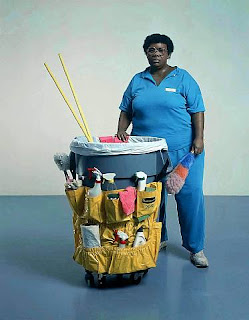During the first half of the 20th century, where two world wars were fought, art, once again became a tool for political propaganda. The aesthetic culture of the Nazi regime is well known to most, but within Italy, artists such as Mario Sironi also used art to reiterate Fascist principles. Sironi really began as an artist of urban landscapes, depicting barren, empty cities that were critical of the Italian Socialist government and an Italy that had, to Sironi, become dreary and dull. When Mussolini seized power, Sironi seemed to find an affinity with the new Fascist government, joining the Novecento, a group headed by Mussolini's mistress. Even after the break-up of the Novecento, Sironi's relationship with Mussolini grew stronger and in turn, Sironi became the premiere artist of the new Fascist Italian state.
Mussolini sought to form a new 'Roman' Empire reminiscent of the great Roman Empire that had ruled over Europe more than 2000 years previously. The first real decisive example of this is the Second Italo-Abyssinian War (or the Ethiopian War) that began in 1935 and ended in 1936. The war marked the successful conquering of Ethiopia and the beginnings of a new Roman Empire. For Mussolini, a ruler that had seized power through force, propaganda, and military success were integral to keeping the Italian citizens content. In respects to art, Mussolini and Sironi found murals and bas-reliefs to be the best carriers of the Italian Fascist message. This message repeatedly referred back to Antiquity and the Roman Empire, and marked a new Classicism within Italian Art.
We see in 'L'Italia Corporativa' many references to Classical Roman culture including the attire of the figures, the use of mural (a very public art-form) and the dominating image of Italia in the centre of the piece, a visual representation of the Italian (and Roman) Empire. Sironi incorporates aspects of modernity too though. The eagle represents the Fascist political party and in the lower right-hand corner we see a modern soldier. The image of the soldier again affirms the relationship with past success and the importance of military strength. The soldier also serves as a celebratory figure, reminding the audience of Italy's 'accomplishments' in Ethiopia.

















